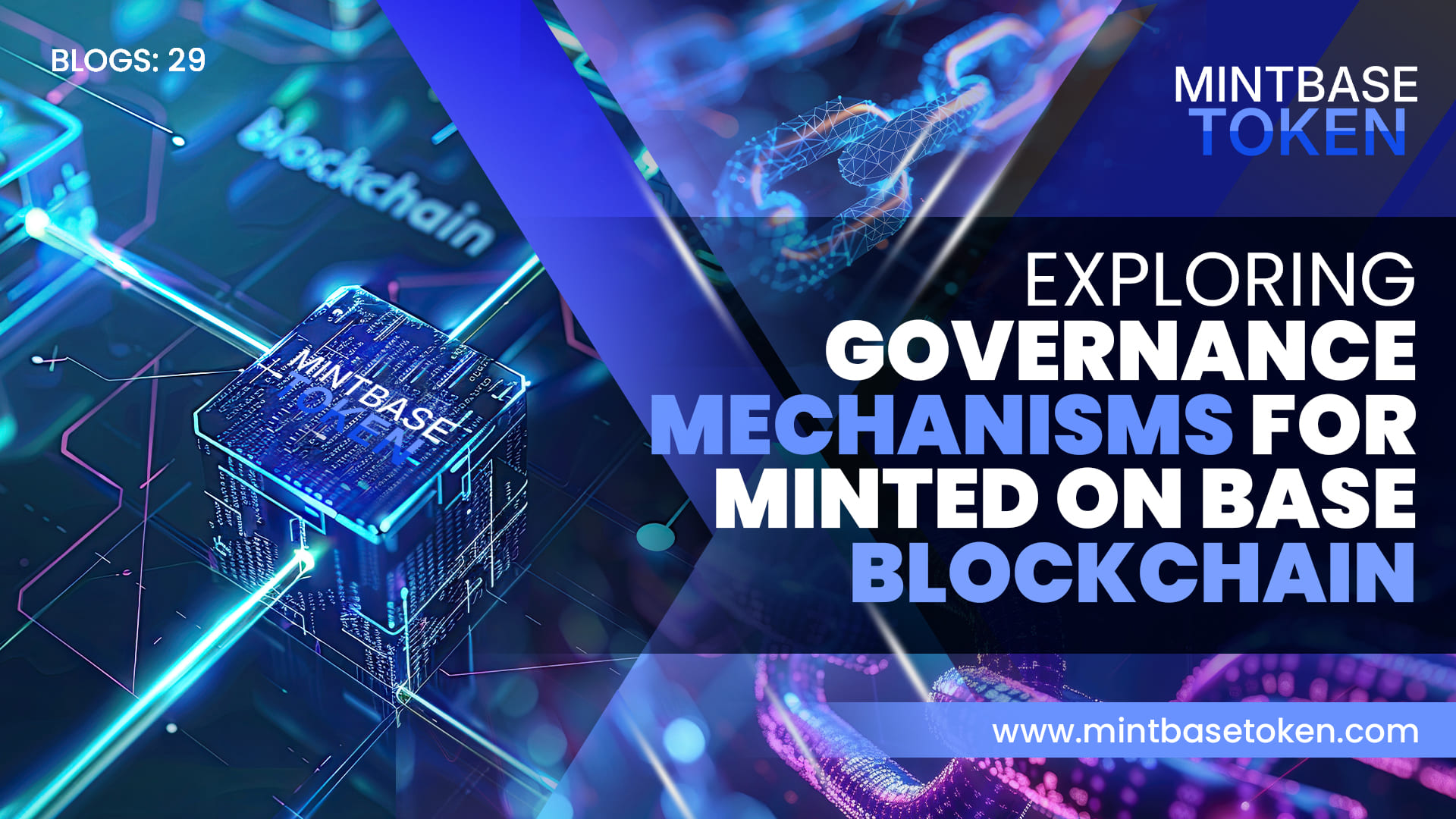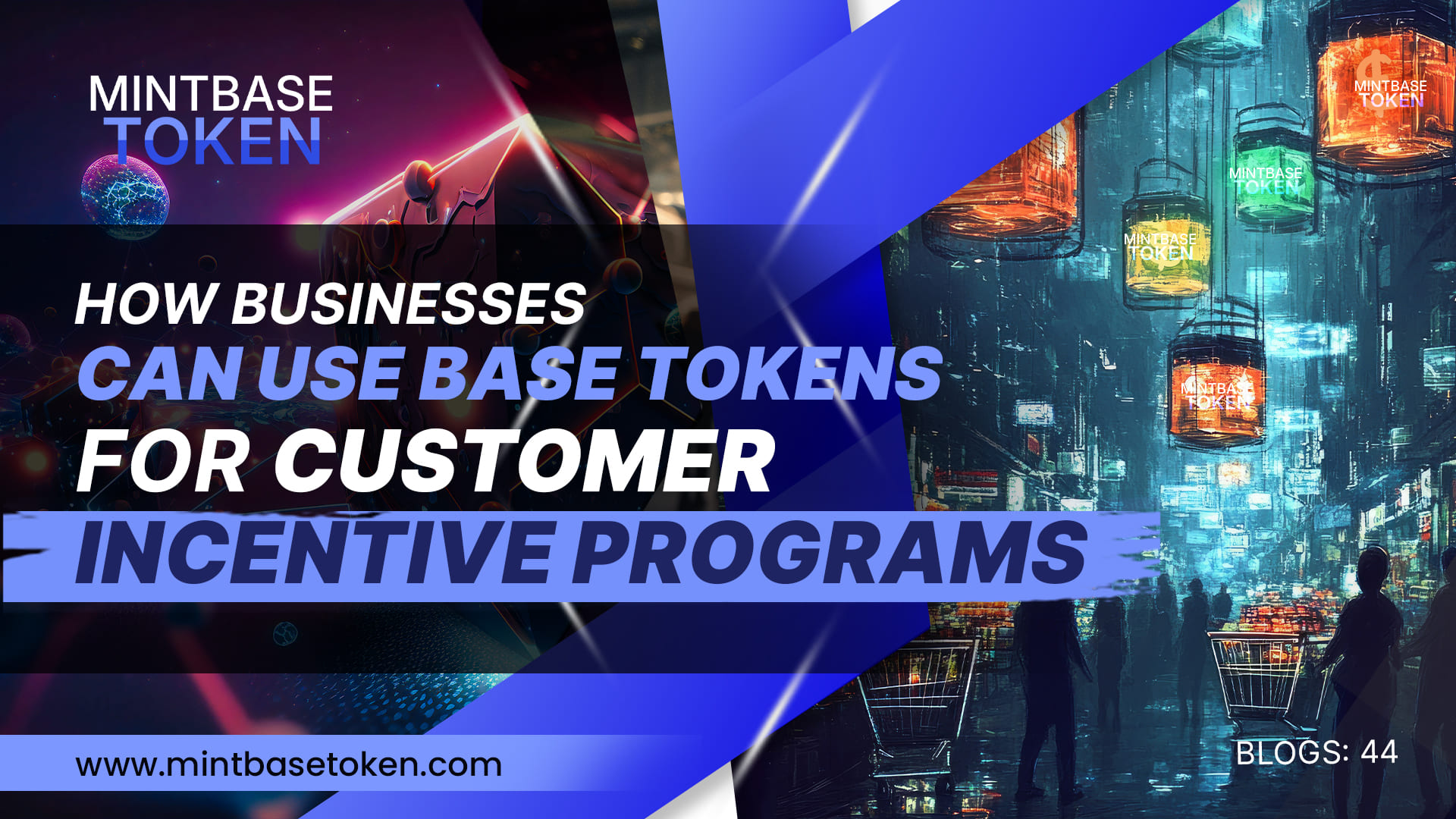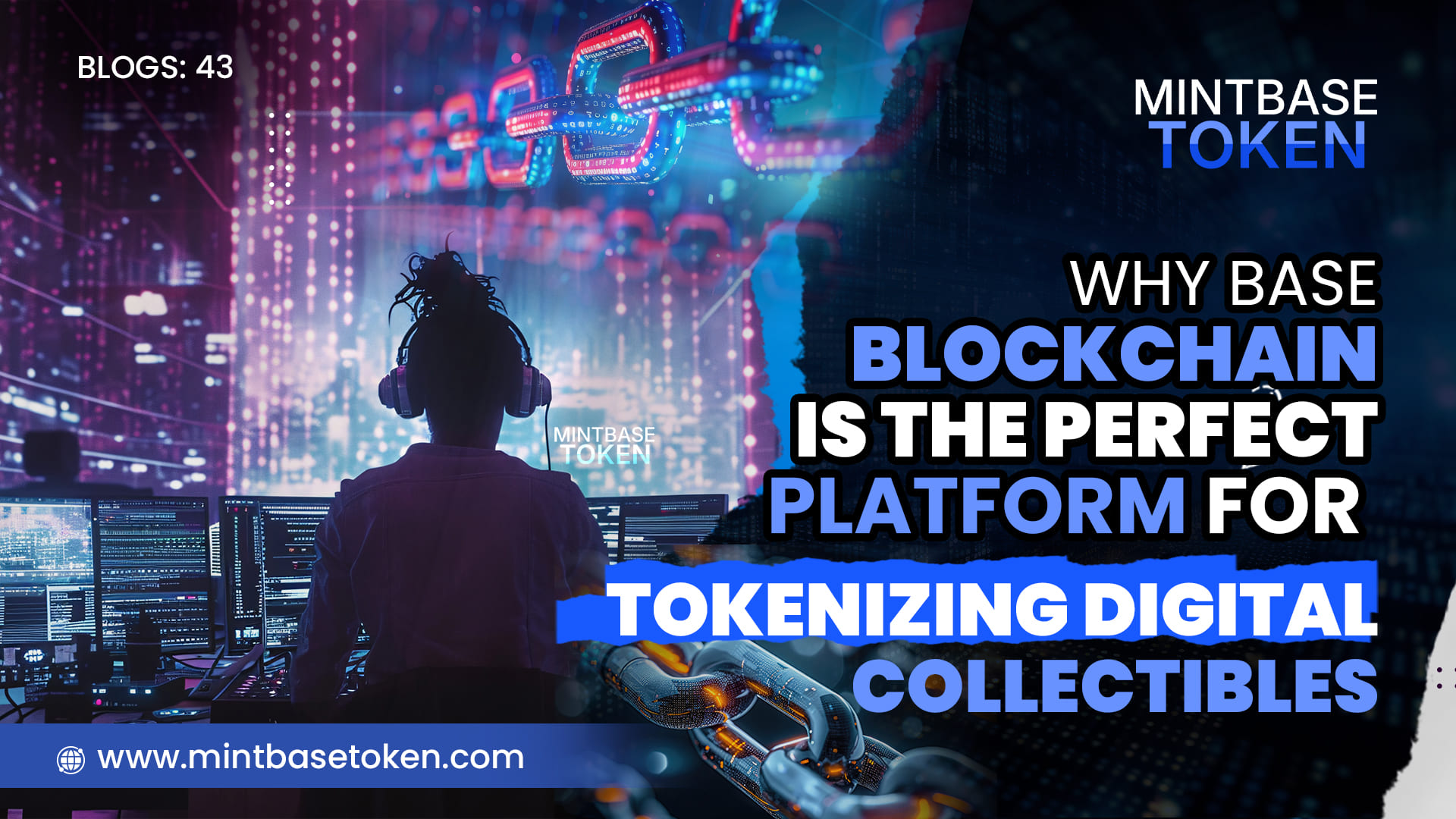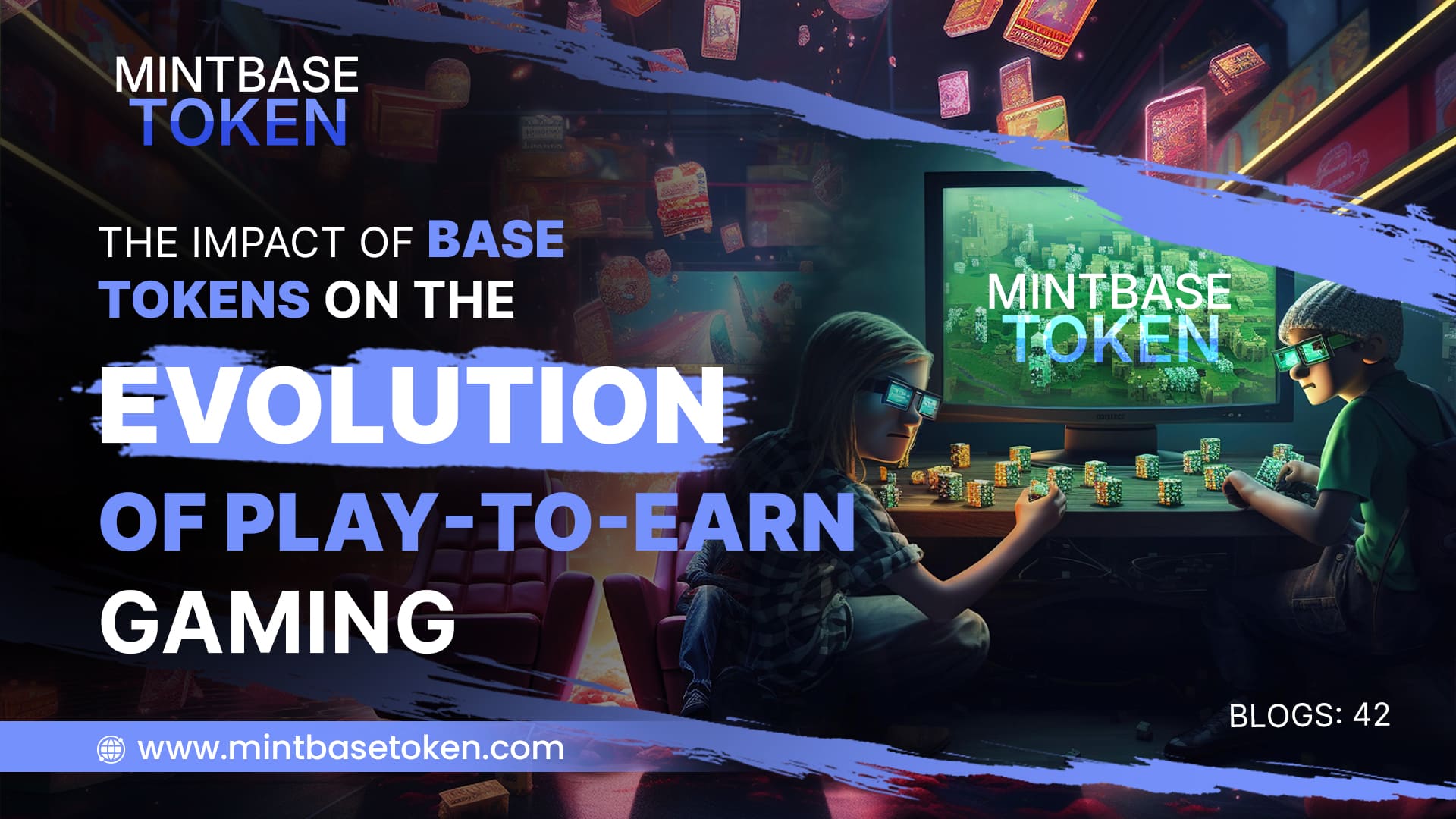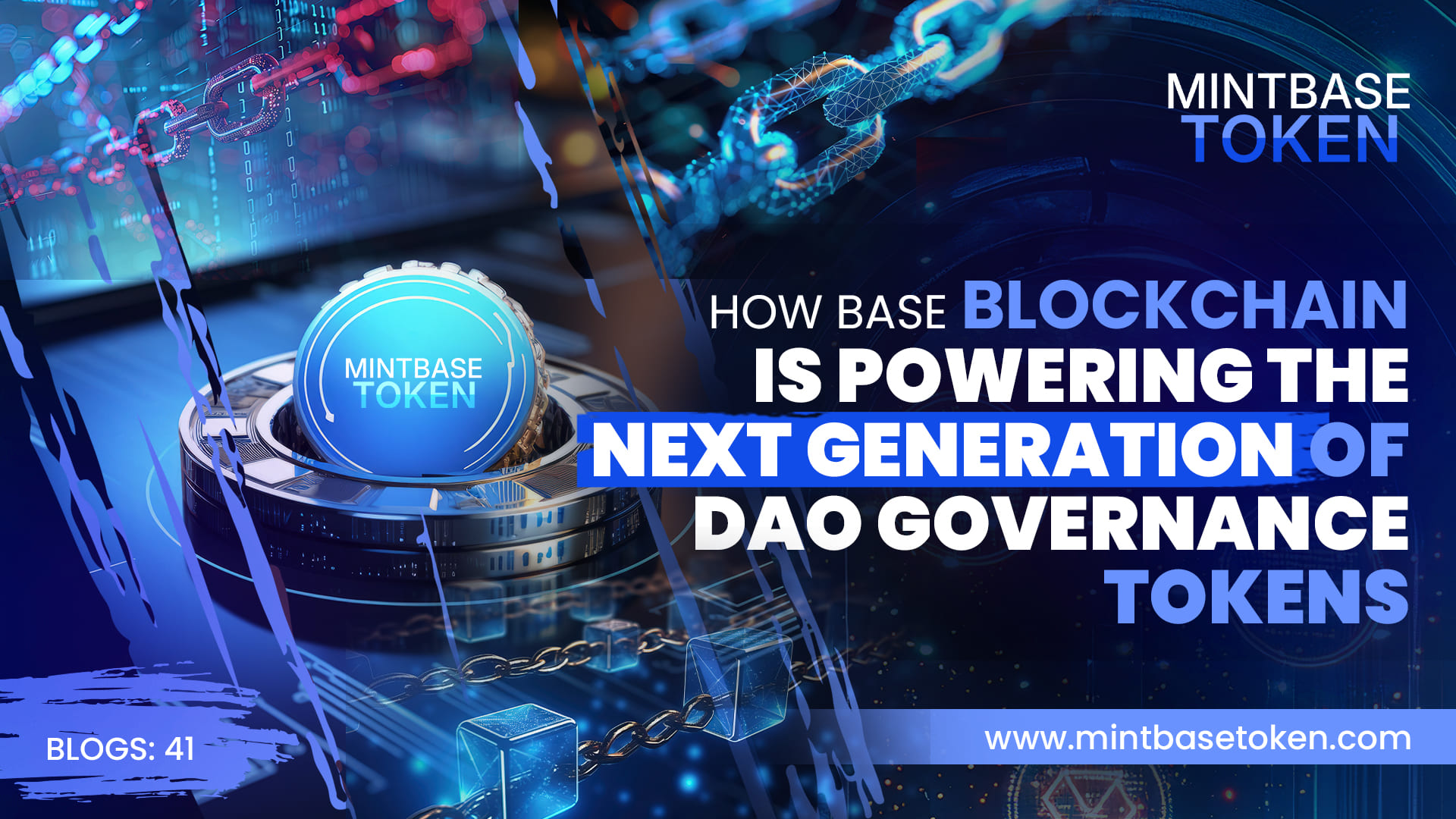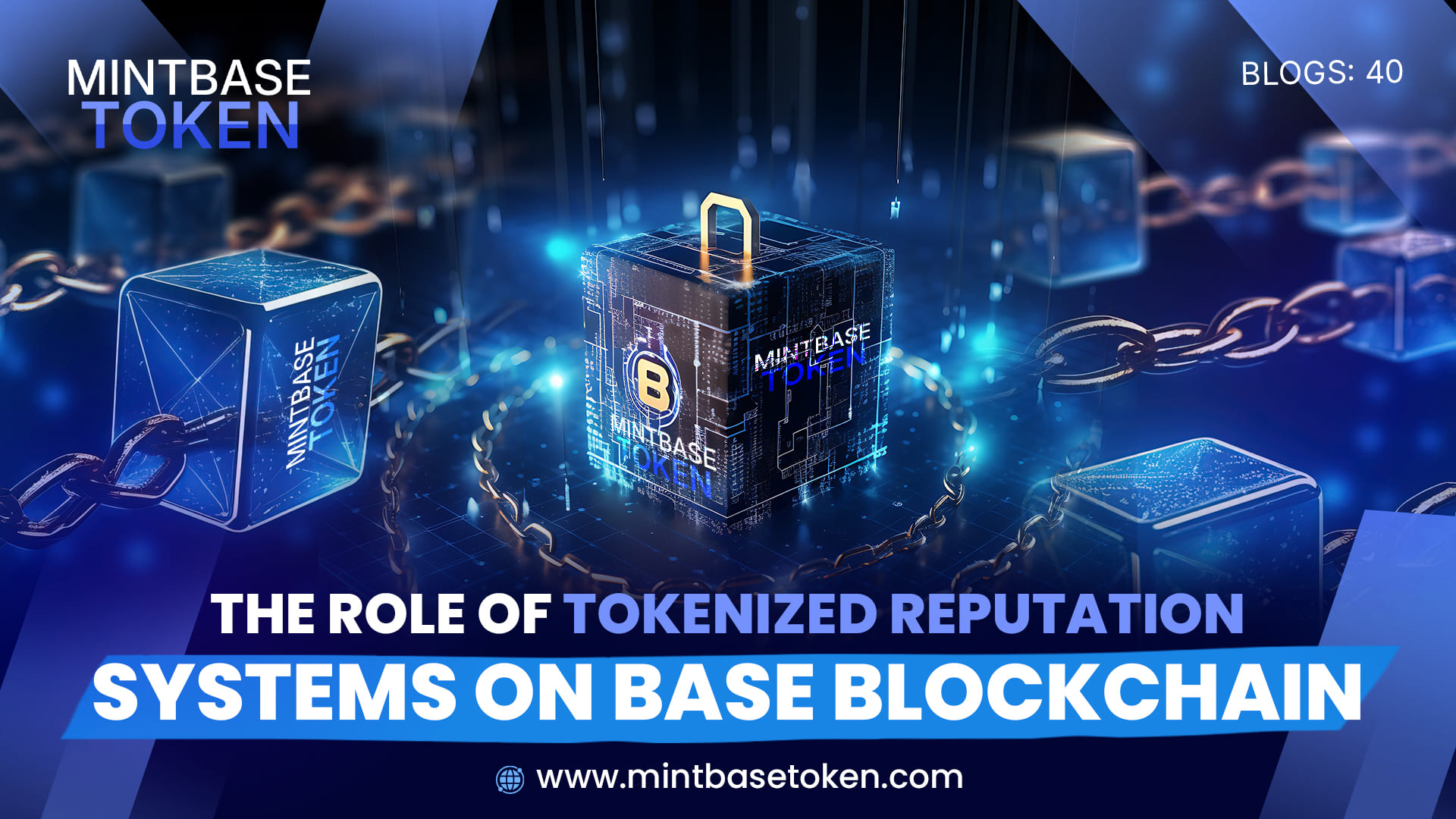January 28, 2025
Exploring Governance Mechanisms for Tokens Minted on Base Blockchain
Governance is a critical component for the success and sustainability of any tokenized ecosystem. For tokens minted on Base Blockchain, establishing effective governance mechanisms not only empowers communities but also ensures that decision-making processes are transparent, democratic, and aligned with the long-term vision of the project. In this post, we explore various governance models and strategies that token creators can implement on Base Blockchain to drive community engagement and maintain robust project oversight.
The Importance of Governance in Token Ecosystems
Empowering the Community
Decentralized governance allows token holders to participate in critical decisions such as protocol upgrades, fund allocations, and strategic partnerships. This inclusivity fosters a sense of ownership and incentivizes long-term commitment to the project.
Ensuring Transparency and Accountability
By leveraging smart contracts and blockchain’s immutable ledger, governance decisions become transparent and verifiable. This level of openness builds trust among stakeholders and minimizes the risk of centralized manipulation or mismanagement.
Adapting to Market and Technological Changes
Dynamic governance mechanisms enable projects to quickly adapt to market trends and technological advancements. Flexible frameworks can facilitate rapid updates to protocols and policies, ensuring that the ecosystem remains competitive and secure.
Common Governance Models for Tokens on Base Blockchain
1. Decentralized Autonomous Organizations (DAOs)
DAOs are perhaps the most popular governance model in the blockchain space. They allow token holders to propose and vote on initiatives directly through smart contracts.
- Voting Power: Typically proportional to the number of tokens held.
- Proposal System: Community members submit proposals which are then voted on, ensuring collective decision-making.
- Transparency: All votes and decisions are recorded on the Base Blockchain, creating an auditable trail.
2. Multi-Signature Wallets
For projects that require a balance between decentralization and operational efficiency, multi-signature (multi-sig) wallets can be used to manage funds and execute critical functions.
- Shared Control: Requires multiple approvals to execute transactions, reducing the risk of unilateral decisions.
- Risk Mitigation: Helps prevent potential fraud or mismanagement by distributing control among trusted parties.
- Integration: Easily integrates with Base Blockchain’s smart contracts for secure, transparent operations.
3. Hybrid Governance Models
Hybrid models combine elements of decentralized voting with centralized oversight to strike a balance between efficiency and community input.
- Delegated Voting: Token holders can delegate their voting power to trusted representatives or experts.
- Executive Committees: A small group of elected members may execute day-to-day decisions while larger strategic changes are subject to community voting.
- Flexibility: This model allows for swift decision-making in urgent situations while maintaining overall community control.
Implementing Governance Mechanisms on Base Blockchain
Leveraging Smart Contracts
Smart contracts are essential for automating governance processes on Base Blockchain. They enable:
- Automated Voting: Streamlining the voting process with predefined rules.
- Fund Allocation: Ensuring that funds are released only when certain governance conditions are met.
- Auditability: Every governance action is recorded, offering a transparent history for accountability.
Engaging the Community
Successful governance depends on active community participation. Projects should:
- Educate Stakeholders: Provide clear documentation and tutorials on governance processes.
- Host Regular Discussions: Use forums, webinars, and social media to engage with token holders.
- Encourage Proposals: Create incentives for community members to contribute ideas and improvements.
Continuous Improvement
Governance is not a one-time setup—it requires ongoing refinement. Projects on Base Blockchain should:
- Conduct Regular Audits: Evaluate governance effectiveness and implement changes as needed.
- Solicit Feedback: Use surveys and community calls to gather insights and identify pain points.
- Adopt Upgradable Protocols: Design smart contracts with upgradeability in mind to accommodate future enhancements.
Future Trends in Token Governance
As blockchain technology continues to evolve, so too will governance models. Expect to see:
- Increased Interoperability: Governance mechanisms that facilitate cross-chain collaboration and unified decision-making across multiple ecosystems.
- AI-Driven Insights: Utilizing machine learning to analyze voting patterns and predict potential governance issues.
- Enhanced Privacy: Implementing privacy-preserving technologies that allow for anonymous voting while maintaining transparency.
Conclusion
Effective governance is the cornerstone of a thriving token ecosystem on Base Blockchain. By exploring and implementing various governance mechanisms—whether through DAOs, multi-sig wallets, or hybrid models—projects can empower their communities, ensure transparency, and adapt swiftly to change. As the Base Blockchain ecosystem matures, innovative governance solutions will continue to drive decentralized innovation and establish new standards for community-driven project management.
